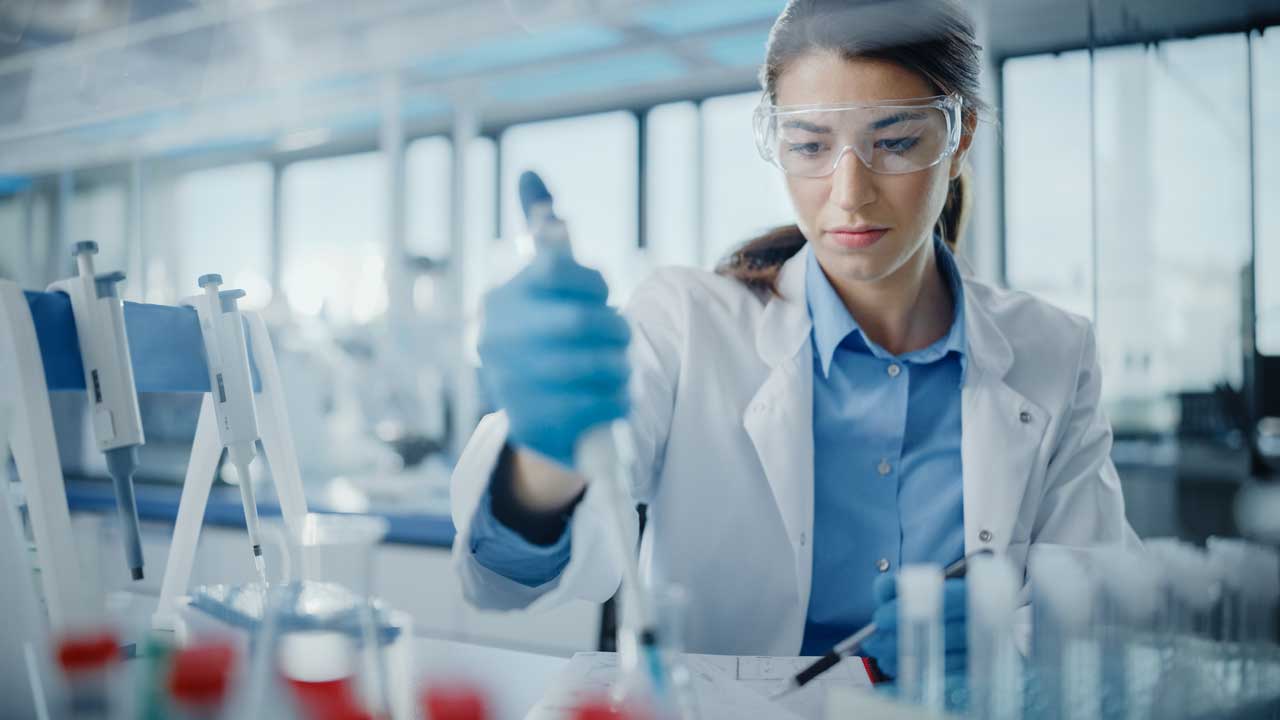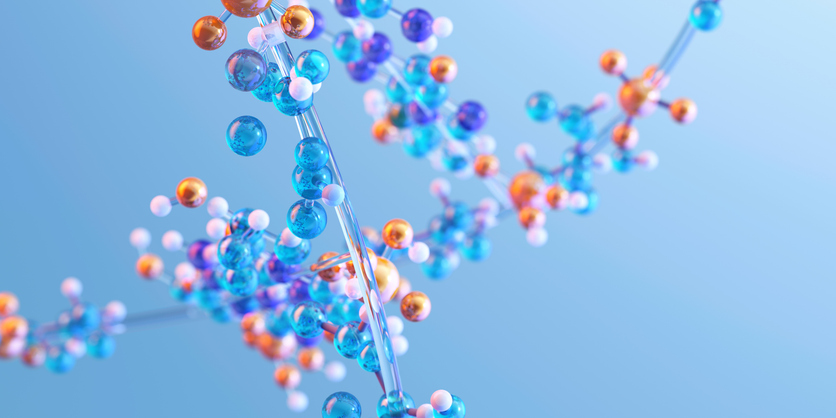
As chemists, we’re always considering what at the molecular level makes up the materials, products and food we use and consume every day. And it’s a pretty safe bet that every day one of us (and probably lots of you) is consuming at least one cup of coffee.
Whether you prefer a gourmet grind you prepare yourself or something from your favorite café, convenience store or doughnut shop, it’s likely you feel a little off before your first cup and readier to face the day after the first couple of sips. But why is that? What’s the chemistry of coffee that makes it both a booster to our overall health and – as Tom Hanks put it so well in You’ve Got Mail – a legally addictive stimulant.
The answer comes down to the dramatic changes that take place when the coffee bean – which exists at the center of the coffee bush fruit known as the cherry – is roasted. Legend has it that when coffee was first consumed by humans, it was after an Ethiopian goat herder noticed the increased energy of his goats after eating the berries from a certain bush. According to the story, he reported his findings to a local monk, who concocted a beverage from the energy-inducing fruit.
What they didn’t know at the time was the chemistry involved. The active ingredient in coffee – caffeine – blocks the compound adenosine, which occurs naturally in the human brain and causes sleepiness, as well as raising the heart rate and causing a feeling of alertness.
Exactly when someone experimented with roasting the “green” beans found at the center of the coffee cherry we don’t know, but by the 15th century, coffee was being groan and harvested for roasting along the Arabian Peninsula, eventually spreading to Persia (which includes modern-day Iran, Tajikistan and parts of Afghanistan), Egypt, Syria and Turkey.
And while the caffeine molecule that created the initial attraction to the coffee cherry remained intact after roasting, adding heat to the process resulted in some dramatic positive changes. Not only does roasting create the rich, deep flavor and color we appreciate from our coffee, but the change results in significant antioxidant properties, meaning that it helps fight the natural oxidation of the body over time and helps it better handle stress. Polyphenols – the compounds that fight oxidation – are also what give dark chocolate and red wine their reported health benefits.
In addition to acting on the brain and heart, the chemicals effects of coffee can be seen in the urinary tract and bowels – yes, that cup in the morning will make you need to “go” – the liver and the way the body processes fat. According to one study, choosing to filter your coffee or not can also affect the production of LDL cholesterol, with those in the study who imbibed four cups of French press or Turkish style coffee a day seeing higher levels of the “bad” cholesterol because they consume more of what are called diterpenes, which don’t make it through the filtering process.
What does all of this mean for those of us in the business of chemistry? It’s a detailed example of how one change – heat – can alter the chemical structure of something that in its natural state is a completely different substance. As part of our work at Adesis, we use heat and a long list of other factors and catalysts to help our customers create, customize and scale up their products.


